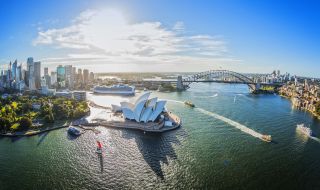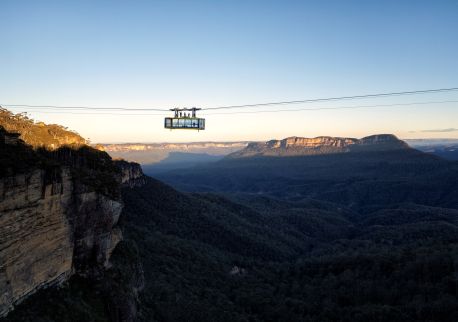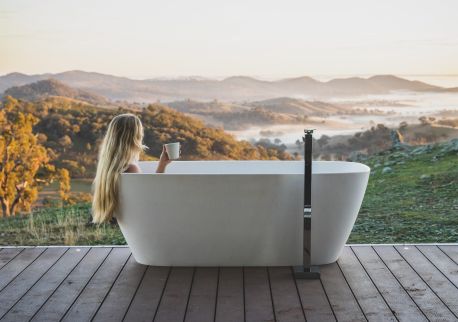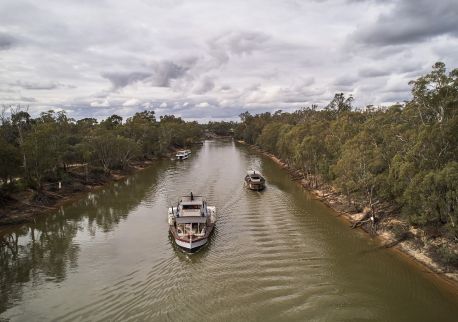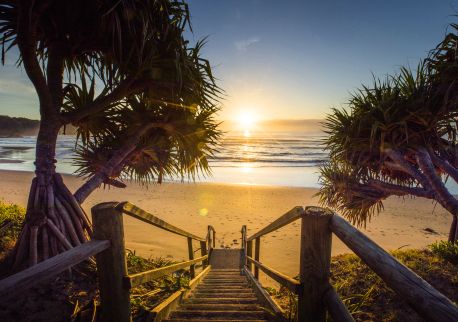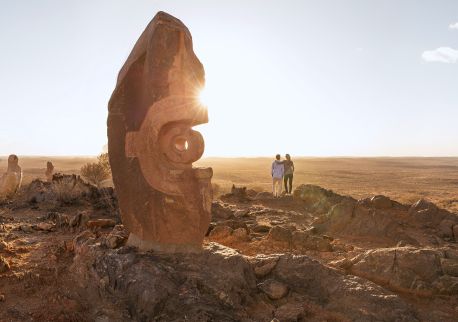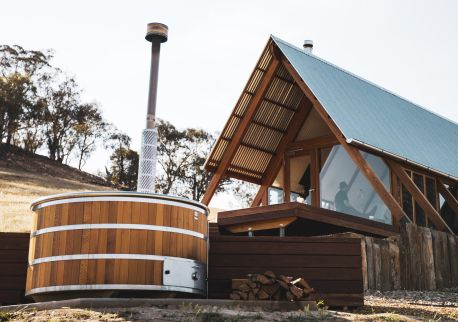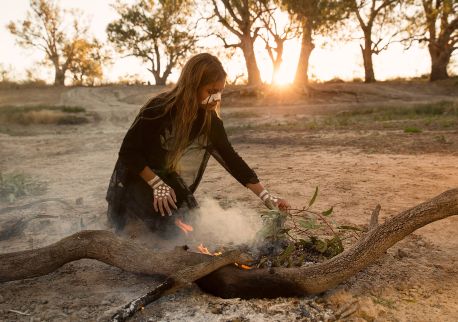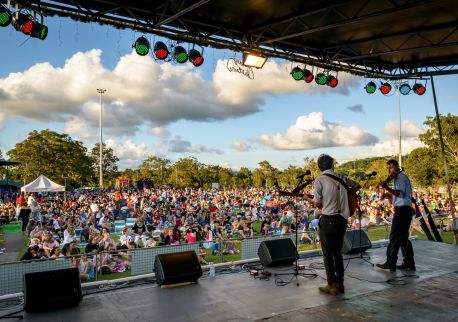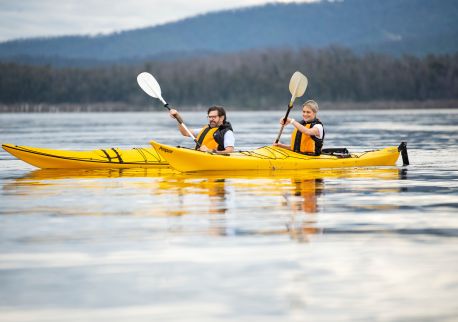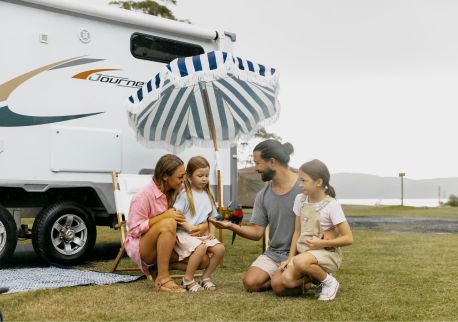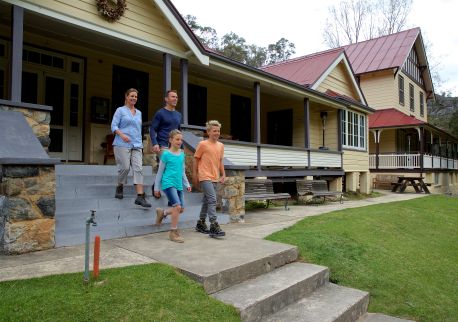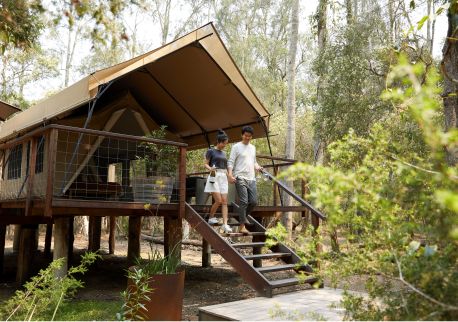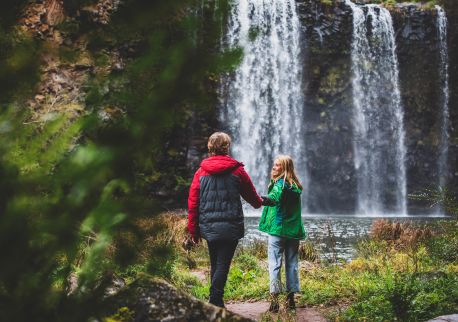The Carrington Hotel
Highlights
Overview
The Carrington Hotel has enjoyed a long and rich history since its establishment by Sydney hotelier Harry Rowell over 140 years ago. Opened in 1883 as 'The Great Western', this magnificent property soon became a popular mountain retreat for international visitors, the elite of Sydney, and those eager to see the natural wonders of the Blue Mountains.
Restored to its former grandeur, the heritage-listed Carrington Hotel is a local landmark offering the elegance, luxury and charm of yesteryear. Spacious guest rooms and suites are offered in an array of different styles, catering for all tastes and budgets. The hotel is the perfect destination for a romantic getaway, a family escape or a convenient base from which to explore the UNESCO World Heritage-listed Blue Mountains National Park.
Situated in the heart of Katoomba, amidst cafes, restaurants, art galleries, and gift stores, and only a few minutes walk from Katoomba Railway Station, the hotel features an award-winning Grand Dining Room, The Old City Bank Bar & Brasserie, Champagne Charlie's Cocktail Bar, Billiards Room, guest lounges with open fires, free guest parking and more.
